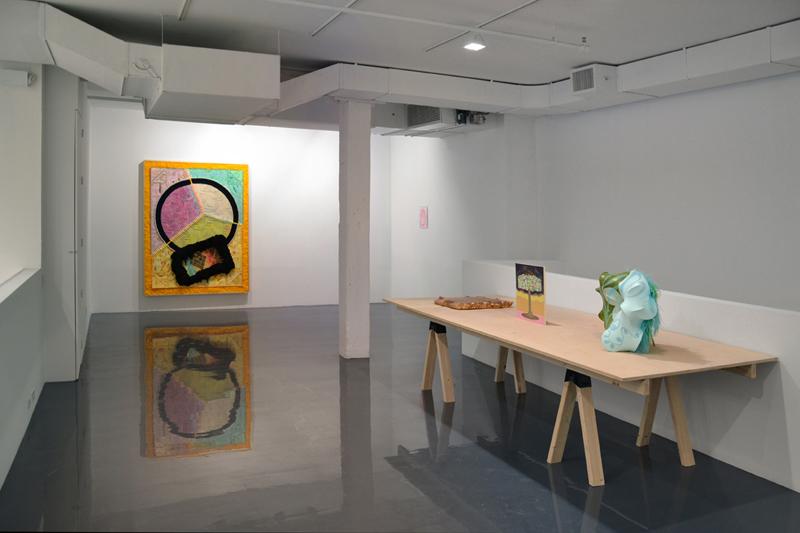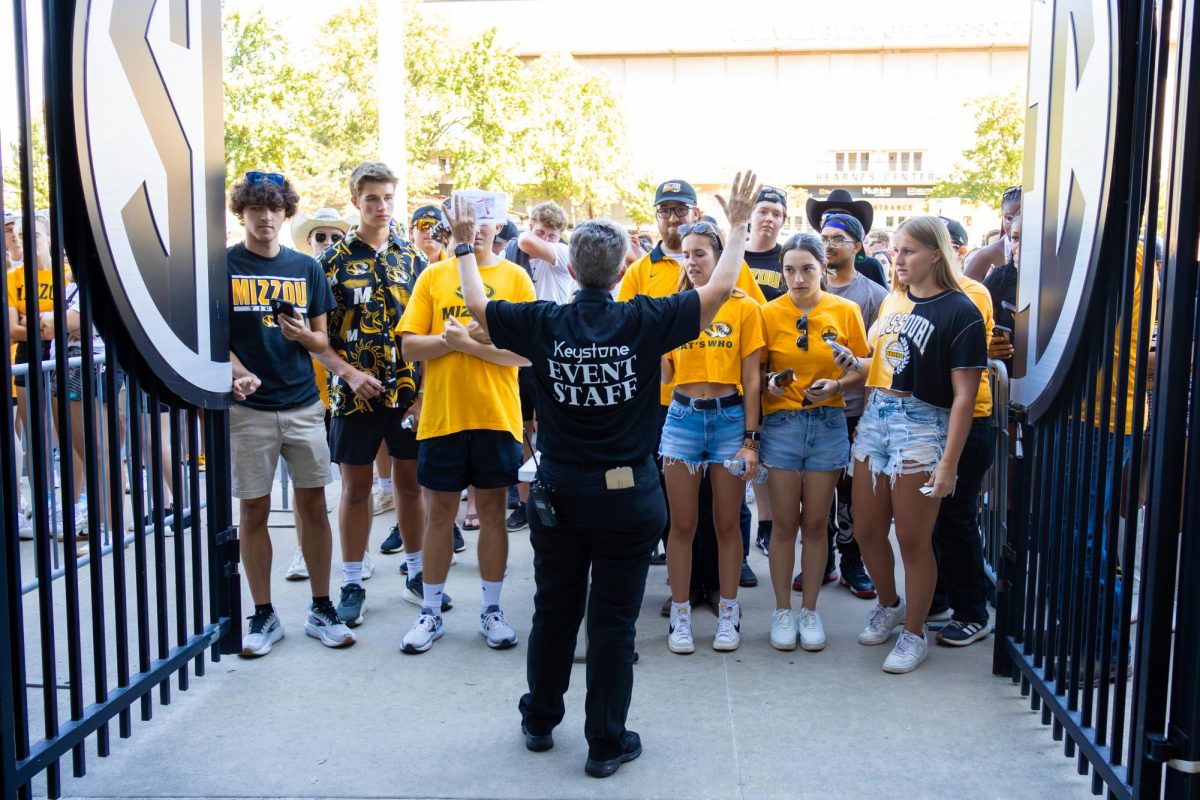New York-based artist Eric Hibit visited MU for an ‘Artist Talk’ on Friday. The event was held by the Association of Graduate Art Students in Chamber Auditorium where faculty members and students listened to perspectives on artistic expression.
Hibit received his bachelor’s degree in Fine Arts from Corcoran College of Art and Design and his master’s degree in Fine Arts from Yale University School of Art. He taught at Tyler School of Art, Temple University, New York University, Cooper Union and is currently a member of the faculty at Hunter College in New York City. His work has been exhibited in New York, Washington D.C. and Great Barrington, Mass.
During his presentation, Hibit focused on his work from 2007 to the present, the progression through his projects and the ideas that inspired them.
“The graduate students found his claimed new American Folk Baroque style interesting, so that is why we invited him to give a talk here,” AGAS president Aron Fischer said.
Hibit described his work as such because the term suggests the idea of a synergy of sensibility. It combines the unique elaboration of the Baroque style with the authenticity and rawness of folk art. In addition, the presence of color plays a huge role in Hibit’s work, as it is quite vibrant in many of his pieces.
“There’s a fascination with the vividness of experience when you see things for the first time, and color can express that,” Hibit said.
Hibit also discussed how he set out to make his painting more sculptural through his work in armature painting, a style of painting which involves an underlying structure that supports the piece and gives it a third dimension. This came in the form of a kind of fabric stretched over wire with acrylic paint. This style of work is one of the main distinctions at the root of Hibit’s unique identity as an artist.
But the significance of Hibit’s immersion in the world of unique expression doesn’t end there, because what is just as exciting to the heart and mind as pieces like “Violin Solo For The Waxing Moon” is the idea that artists like him are the ones inspiring today’s young art students, specifically the ones here at MU.
“Generally at an undergraduate or graduate level, there is an instinct with art to experiment with materials, to play with materials,” MU professor Jessica Thornton said. “They want to be human with it, to follow their instinct to understand.”
Hibit is human with his art. One of the primary themes in his work is the movement from darkness into light. His series featured periodical shifts from despair to hopelessness, from loneliness to love. Hibit painted a piece called “Happy in the Art World,” the name of which he changed from its original title, “Unhappy in the Art World.”
“I was interested in evoking the emotion of melancholy in my work; the loss of a sense of belonging,” Hibit said. “And I wanted to resolve that in the work.”








